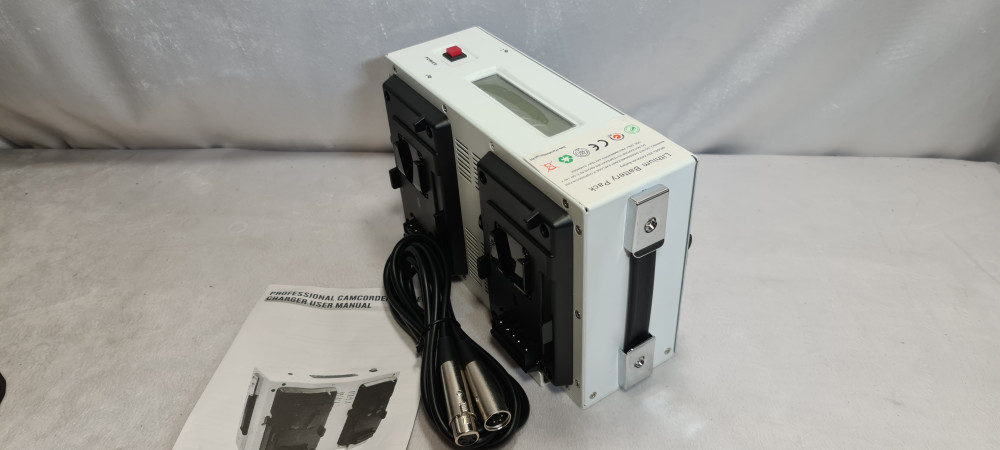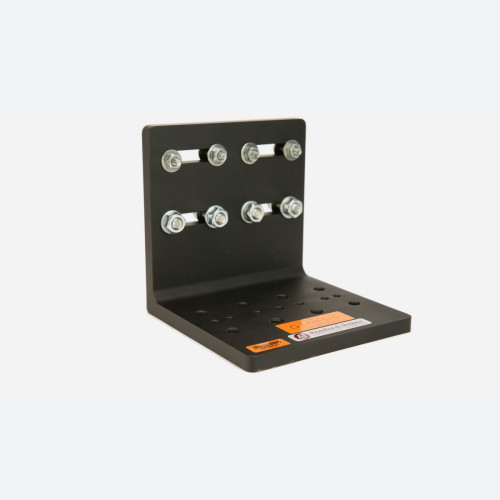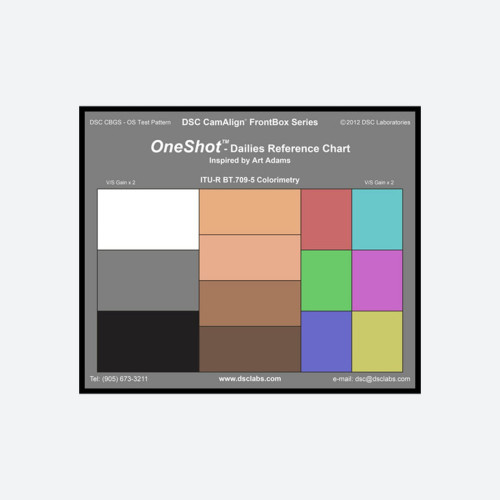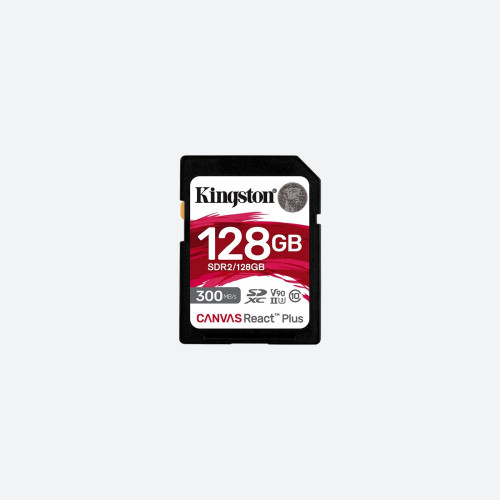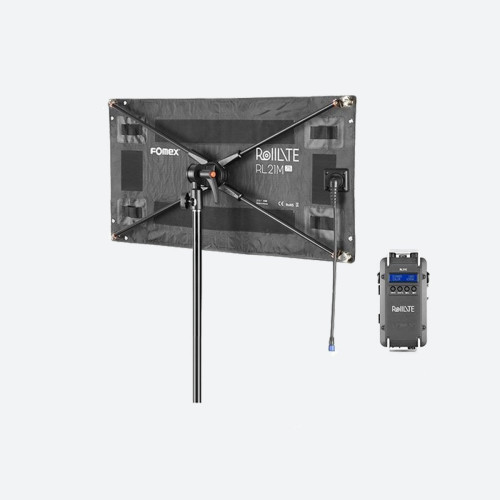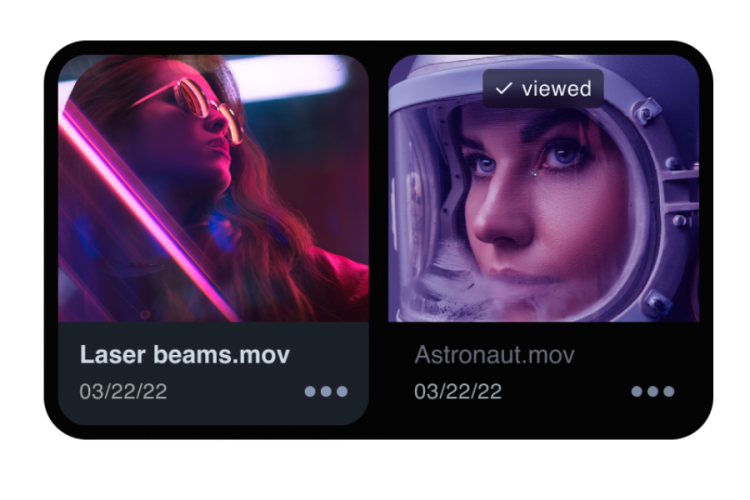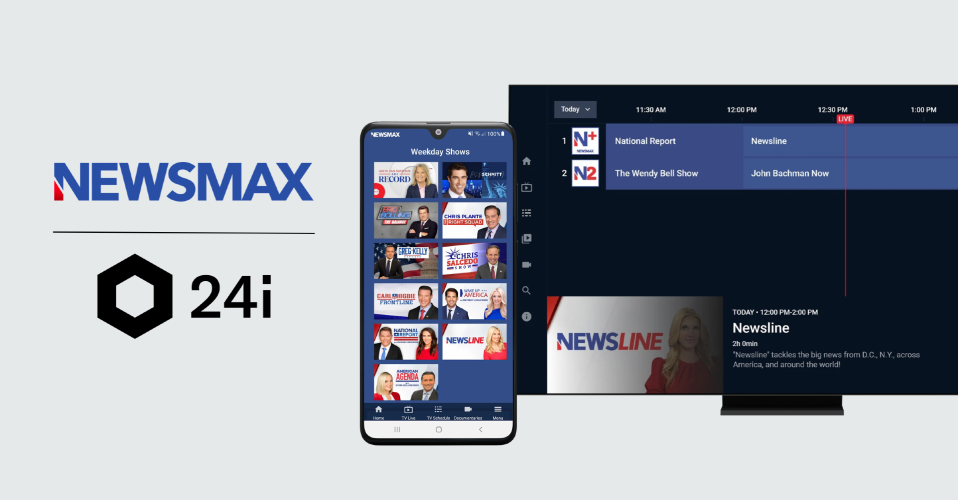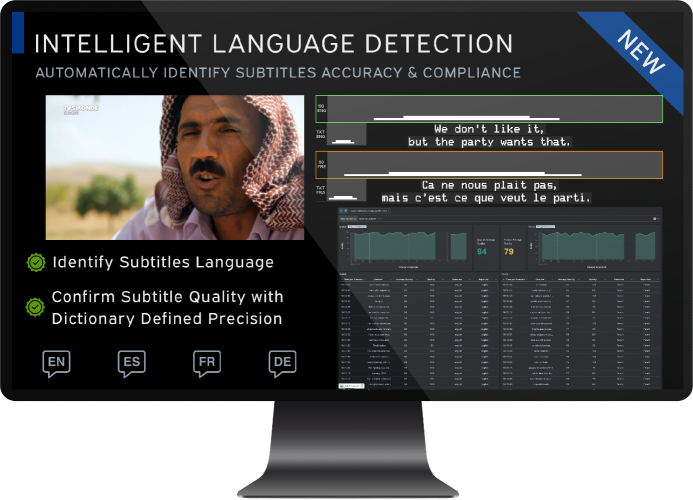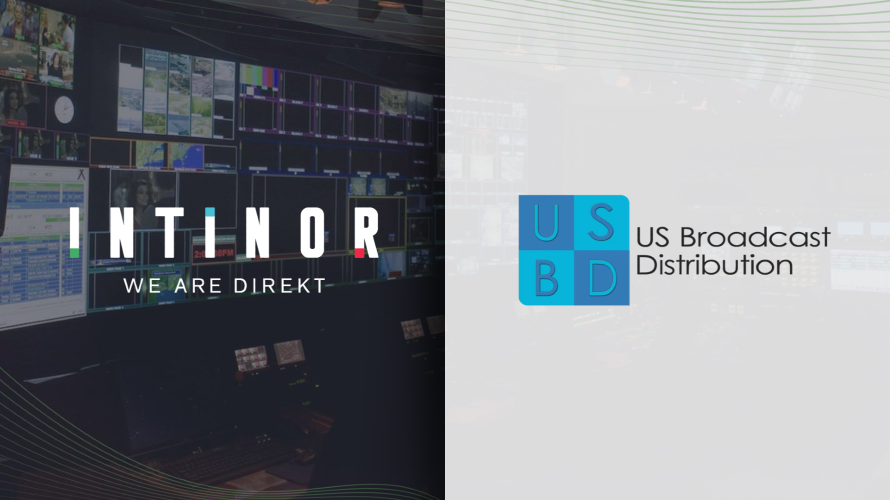Silly Plugger

Author: Bob Pank#
Published 1st May 2012
I have never been to a Mobile World Congress. I take the view that exhibitions are generally noisy, uncomfortable places where the chances of learning something interesting are widely variable. NAB and IBC are must-sees, of course, but otherwise I am not a great fan of exhibitions.
Although it is impossible to type its name in Word, I make an exception for BVE in London. Its great attraction is the bar in the middle of the show floor. I have spent whole days sitting at a table in this bar, meeting and talking to people I have known for years, and learning far more than if I had spoken to people on stands.
As a business proposition, though, this is unsustainable, as it takes the vendors paying for the stands to make the exhibition – and thus its bar – viable. Shame.
Back to Mobile World Congress. This is now a huge event and terribly serious, with top people from companies like Vodafone and Samsung giving earnest addresses about the future of communications. But it was not always like that.
In 2001 – not much more than a decade ago, or the blink of an eye if you are an old fogey like me – the event’s keynote address was delivered in two parts. The first was given by the as-yet unenobled Richard Branson, the second by writer Douglas Adams.
A little light googling will find you Adams’ speech, and it is as amusing and thought-provoking as you would expect. He suggests that “technology” is best defined as stuff that does not work yet. Anything invented when you are between the ages of 15 and 35 is, he suggested, new and exciting and you can probably get a career in it. Anything invented when you are older than 35 is against the natural order of things.
Back in 2001 he poured considerable scorn on the fact that mobile phones had built-in diaries and address books, but you had to copy-type in all your contacts, by hand, on a tiny keypad. Now, of course, my iPhone, iPad and computers maintain perfect synchronisation.
But my fixed line phone cannot join in this seamless experience. Having just bought a new phone, I had to decide which of my contacts are sufficiently important for me to bother to copy-type in the number (hint: if you call me and I do not greet you by name, you have not made the cut). I am not convinced we have advanced that much. Unless, of course, you know of a Dect phone with built-in answering machine that can synchronise contacts, in which case please tell me and I will rush out and get one.
We can bring this message to the television industry. At one time content was moved from production company to broadcaster on film, a remarkable standard recognised around the world. When we moved to tape, proprietary formats began to get in the way, but there were relatively few of them so it was not a problem. A broadcaster could insist that its delivery format was DigiBeta, and if the production house preferred Panasonic all it needed to do was rent in one VTR for a couple of hours.
Now we have moved from video and audio formats to files, and the handful of formats has become an unimaginable number. At a conference last year someone suggested that if you work out all the permutations of content variations, video resolution, audio channels, codec and wrapper, it could be in the millions for a pop video. The biggest reason the iTunes store rejects content is because the metadata is not in the right place.
Which is why I want to applaud the efforts of a body called the Digital Production Partnership (DPP). This is an alliance of seven major UK broadcasters – BBC, ITV, C4, Sky, Channel Five, S4C and UKTV – who identified the need for a clearly defined content delivery format in the file-based world.
We can send an email with a pdf attachment in the reasonable expectation that the recipient will be able to open and understand it. What do we need to do to achieve that blissful state for television content? How can we ensure that the metadata we need to attach to the essence is there, and can be instantly identified by the broadcaster’s systems?
The DPP had form for this. They had already created standards for HD, and produced a set of recommendations that not only means post houses know how to deliver HD, it helps producers ensure the content is either originated on real HD equipment or is clearly labeled, preferably on screen, with the polite version of “there is a good reason why this sequence looks like crap”.
Now there is a format by which production companies can send a content file in the reasonable expectation that at the other end of the line a broadcaster will be able to plug it straight into the server. The DPP file exchange specification was developed by clever people working for real broadcasters who know exactly what is important. If Heineken made technical standards…



